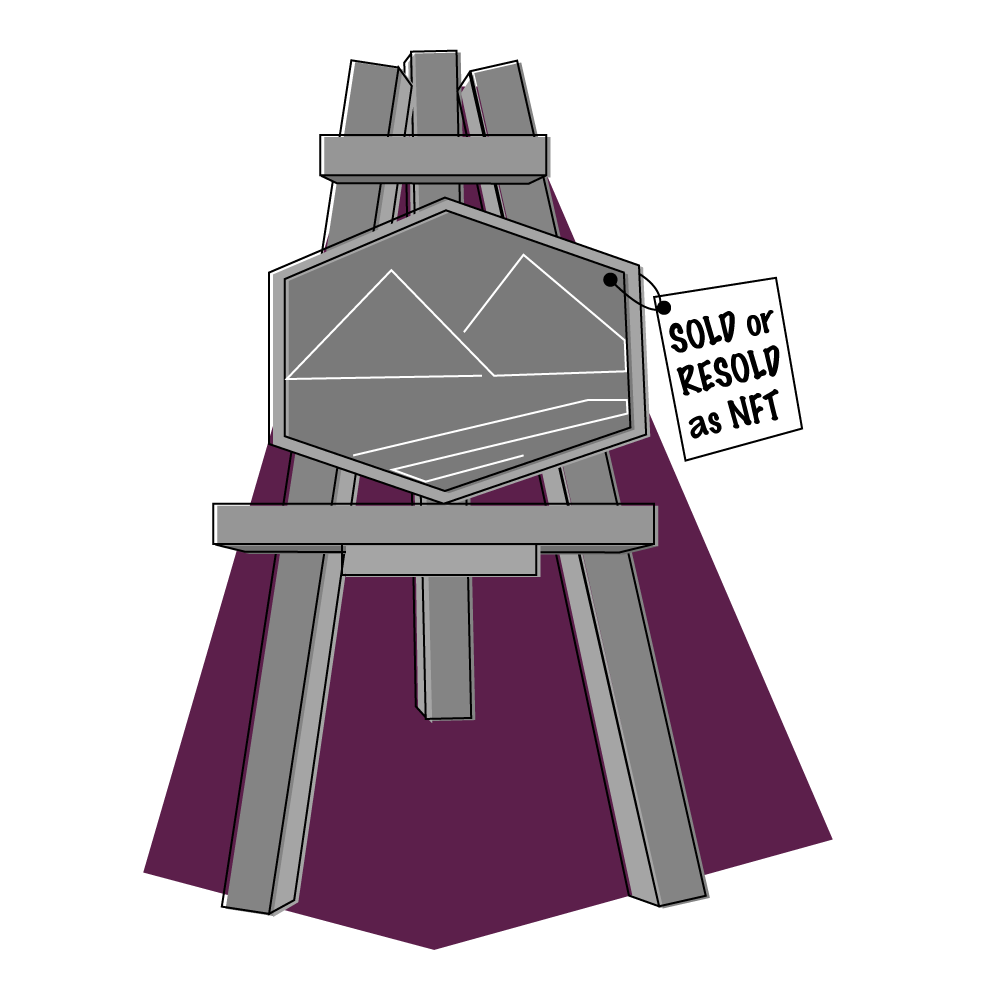The Art Law of India

Introduction
India has always been associated with its arts and is known for having craftsmen with amazing ability and ingenuity, dating back to the early days of our civilization in the Indus valley. Each invader introduced regional customs and design aspects, which local artists integrated and combined to create characteristics of design that have come to be recognised as being distinctive to our country. All large cities have well-known art galleries that specialise in masterworks, modern art, photography, etc. These galleries provide frequent events for its clients, including ones that are educational in character. Auction houses have grown in popularity as places to buy artworks during the previous five years. These auction houses schedule their events around holidays and hold regular sales. The popularity of high-end online auctions increased in 2021. Since non-fungible tokens (NFTs) were in vogue, several artists in India turned to NFT sales to increase public awareness of their works.
The Antiquities and Art Treasures Act 1972
The Archaeological Survey of India, a government organisation under the Ministry of Culture, is responsible for conducting archaeological research and preserving cultural monuments. The 1972 Act, which aims to effectively regulate the trade and export of antiquities in India, falls under its purview. Its goal is to offer a well-organized and reliable system for the protection of antiquities in public spaces. In spite of multiple attempts and a number of current challenges that have cropped up in the art world globally since 1976, the Act has not undergone any modifications or amendments.
According to the Act, the following antiquities must be registered:
- Sculptures in stone, terracotta, metals, ivory or bone;
- Paintings in all forms and media that cross over 100 years of age;
- Manuscripts containing a painting, illustration or illumination. However, if it is only in textual format, no registration is required even if it passes the 100-year threshold.
Despite an explicit provision for the Art and such antiquities, the rights of the artist are the rights as mentioned in the Copyright Act and there are no proper law to regulate such registration for digital paintings.
Artist Rights
Moral Rights
According to Section 57 of the Indian Copyright Act of 1957, moral rights exist in original works that are subject to copyright protection. It has been decided that the author has the right to seek appropriate legal remedies if the moral right of attribution and integrity in his or her work is violated. It has also been decided that the author retains “moral rights” even after giving up his or her economic rights to the work. This decision is based on the moral rights envisioned in the Berne Convention.
In contrast to the owner of a regular copyright, Section 57 gives the author the following unique rights: (1) to assert one’s authorship over the work; (2) to seek damages with regard to any alteration to the work—whether intentional or unintentional—or any other activity related to the work that would be damaging to the author’s honour or reputation.
The Section’s guiding principle is that damage to an author’s reputation is distinct from infringement of the work itself.
Resale Rights
The Copyright Act has been modified to include the idea of resale rights as described in Article 14 of the Berne Convention, which grants “droit de suite” in works of art and manuscripts by granting the author the inalienable right to an interest in any sales of the work following the first transfer by the author.
When a copyright work is sold again, Section 53A of the Copyright Act gives the original owner of the right, or his or her legal heir, the right to a portion of the selling proceeds. Such a portion shall not be greater than 10% and shall be determined by the Copyright Board.
Economic Rights
The owner of the copyright is given specific rights under Section 14 of the Copyright Act. The artist owns the copyright to specific actions listed in Sections 14(c)(i) through (vi) of the Copyright Act when they are part of a creative work. The owner of the copyright has the right to prevent others from copying their creation. If someone commits one of the acts listed in Section 14 of the Copyright Act, the copyright owner may file a lawsuit against that person for violating their copyright. However, if an artist creates any works of art as part of a contract for their services, they will assign their rights to their employer and will no longer be able to hold the legal and equitable title to the piece of art.
Conclusion
To promote openness, efficiency, and consumer protection, India is currently updating its laws regarding data privacy and e-commerce. These steps should help to decrease fake goods while discouraging the sale and auction of stolen or unlawful works as online platforms for sales and auctions become more prevalent. We will see more NFTs in art, as 2021 has demonstrated, where artists receive royalties for each time the NFT is sold or resold.

